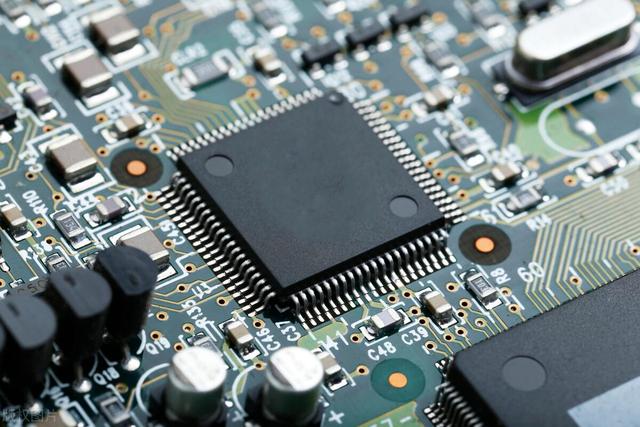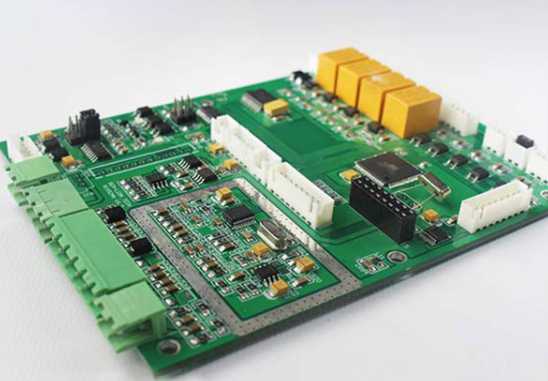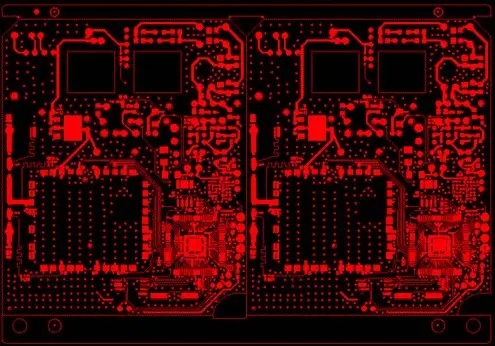
PCB manufacturers use plasma cutting machine and plasma cleaning machine to produce high-density multilayer boards The general production process flow chart is as follows: PCB core board treatment → coating forming coating agent → pasting and pressing resin copper foil → graphics transfer into plasma etching window → plasma cutting and etching through hole → chemical copper plating processing → graphics transfer to form electrical interconnection conductive graphics → surface treatment.
1、 Characteristics of plasma cutting technology
Plasma has a high temperature, can provide a working medium with high enthalpy, can produce materials that cannot be obtained by conventional methods, and has the advantages of controllable atmosphere, relatively simple equipment, and can significantly shorten the process flow, so plasma animal sculpture technology has made great progress. 1879 W Krux pointed out that the ionized gas in the discharge tube is the fourth state of matter different from gas, liquid and solid. In 1928, I Langmuir named it plasma. The most common plasmas are arc, neon and fluorescent gas, lightning, aurora, etc. With the development of science and technology, people have been able to artificially generate plasma by a variety of methods, thus forming a widely used plasma technology. Generally speaking, the plasma with a temperature of about 108K is called high-temperature plasma, which is currently only used in controlled thermonuclear fusion experiments; The plasma with industrial application value has a temperature of 2 × 103~5 × Low temperature plasma between 104K, which can last for several minutes or even dozens of hours, is mainly obtained by gas discharge method and combustion method. Gas discharge is divided into arc discharge, high-frequency induction discharge and low-pressure discharge. The plasma generated by the first two is called thermal plasma, which is mainly used as a high temperature heat source; The plasma produced by the latter is called cold plasma, which has special physical properties available in industry. However, due to high-voltage discharge in organic waste gas treatment, it is necessary to prevent explosion accidents caused by easy ignition.

2、 The process of plasma cutting and etching process for PCB is as follows:
Coating (bonding) agent
This is a resin or adhesive that is coated (screen printed or sprayed or curtain coated) with a layer of insulating dielectric material on the "PCB core board" with conductive patterns or on the inner conductive patterns. In addition to being able to combine with the resin coated copper foil, it should also have the ability to fill the gaps between the conductive patterns of the circuit board and the surface that covers the conductive patterns, so it should have a good conformability. In addition, after coating, the dielectric layer of PCB will be permanent. Therefore, its glass transition temperature and dielectric constant should meet the requirements of electrical performance, mechanical and physical characteristics of PCB. After coating the coating agent on the circuit board, it is dried to a semi curing state.
Note: If the circuit board adopts thicker resin coated copper foil, that is, when the resin coating layer in the semi solidified state is thicker and the vacuum laminator is used for laminating, the coating agent can be omitted.
Press coated resin copper foil
Resin coated copper foil refers to coating a layer of resin (such as epoxy, BT, polyphenylimine and other resins) with a thickness of about 50um to 80um on the treated (roughened or oxidized) copper foil surface of the circuit board, which is dried (in a semi curing state) and rolled. Apply resin coated copper foil on the prepared "PCB core board" with vacuum laminating machine, laminating machine or roller. It can be laminated at 170 ℃ and 5-20kg/cm pressure under controlled temperature (depending on the resin type and bonding method), such as epoxy resin and vacuum press, or at a lower temperature, and then post curing. Vacuum lamination is conducive to resin filling the gap and side seam between the conductor patterns on the surface of "PCB core board", thus saving the processing process of coating agent, shortening the cycle and saving the production cost of circuit analysis. It must be pointed out that the Tg, dielectric constant and thickness of these "resin coated" dielectric layers of PCB should meet the requirements of electrical and physical characteristics of PCB. Tg shall be greater than 150 ℃ and the dielectric constant shall be less than or equal to 4.0.
This step is the same as the conventional PCB graphic transfer manufacturing process. The surface of the laminated plate formed by the resin coated copper foil that has been pressed and cured is exposed to the copper foil to be etched by wiping or roughening the copper foil surface, drying and pressing the photosensitive and anti-corrosive dry film. Then conduct acid etching (acid copper chloride etching solution or sulfuric acid plus dioxygenated water etching solution) to form a micro via pattern that can be etched by plasma (that is, the resin coated part is exposed), and then remove the dry film resist on the circuit board.
3、 Plasma machining applications
High temperature and high speed jet produced by plasma spray gun can be used for welding, surfacing, spraying, cutting, heating and cutting and other machining. Plasma arc welding is much faster than tungsten argon arc welding. The micro plasma arc welding, which came out in 1965, has a torch size of only 2-3 mm, and can be used to process very small workpieces. Plasma arc surfacing can be used to weld wear-resistant, corrosion resistant and high temperature resistant alloys on components to process various special valves, drills, cutters, molds and shafts. With the high temperature and strong spraying force of arc plasma, metal or non-metal can also be sprayed on the surface of the workpiece to improve the wear resistance, corrosion resistance, high temperature oxidation resistance, earthquake resistance and other properties of the workpiece. Plasma cutting is to use the arc plasma to rapidly heat the metal to be cut locally to the molten state, and at the same time, use the high-speed air flow to blow off the molten metal to form a narrow incision. Plasma hot cutting is to set a plasma arc in front of the tool to heat the metal before cutting, and change the mechanical properties of the material to make it easy to cut. This method is 5~20 times more efficient than conventional cutting methods.
The above is the basic production process of plasma etching process for PCB manufacturers.







